Ali Sorbara – Special to the Southern News
Information today has been strategically woven into the social networking world, where news is subliminally placed everywhere.
Kiana Michel, a freshman, says she uses social media, specifically Facebook and Twitter, while acquiring the news.
“A lot of the news I read comes from the Stamford Advocate and News 12 Connecticut,” said Michel.
Because of her location, there are certain news platforms that cycle through her social media feeds more frequently than others.
According to the American Press Institute, this generation does not commonly consume news by directly going to a station or provider. Instead, news providers are among a plethora of platforms that connect people to current events, as well as carry different perspectives within multiple sources.
“I definitely check multiple sources when I read something from Facebook, because you never know if it’s factual or not,” said Michel.
The API study shows that 69 percent of millennials retrieve the news at least once daily. The data suggests that those who are constantly communicating through social networks have an extended awareness of the world.
“I get most of my news from other people because I very rarely watch TV,” said Byron Breland, a senior.
While Breland does not have a specific liking to any news station, he utilizes sources like Snapchat and Instagram that have automatic news updates within the applications.
According to a Y-pulse Times study, news sources range from 68 percent social media, 63 percent word of mouth, 62 percent news website, 55 percent television, 44 percent radio, and 33 percent newspapers. This data suggests that social networks have been exposing more news to millennials than what they were initially seeking.
The study also revealed that 28 percent of millennials said that they liked to be informed in a way that makes them laugh. Y-pulse indicated that millennials like to stay informed through satirical news shows, such as “The Daily Show” with Jon Stewart.
“My parents watch the news and I get my news from The Daily Show,” said Hernan Zambrano, a senior.
Zambrano said he also uses social media platforms like Facebook, Snapchat, and Twitter to retrieve news.
According to the API, the capacity in which millennials use technology has made a mix of random and intentional learning greater, as it has brought great diversity and variety amongst young readers.
“I feel like technology has had a huge impact on the news because most of what you see on TV you can find through your smartphone, with details and in different perspectives,” said Breland.
The API says that millennials acquire the news for many reasons, which include civic motivations at 74 percent, problem solving needs at 63 percent, and social factors at 67 percent.
These sources of data reveal that the variety and abundance of sources within social networking have created an environment where knowledge is constantly at people’s fingertips. Technological application has maneuvered its way into the minds of youth to subconsciously create more awareness of what is happening not only around them, but also around the world.
“I like how I can find news even when I am not looking for it,” said Breland. Since he is always on the go, it keeps him up to date despite his hectic schedule.
Photo Credit: Palmer Piana – Photo Editor

























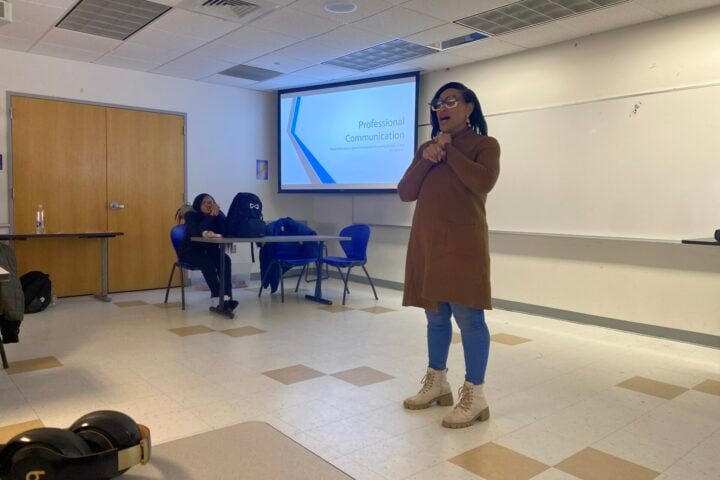
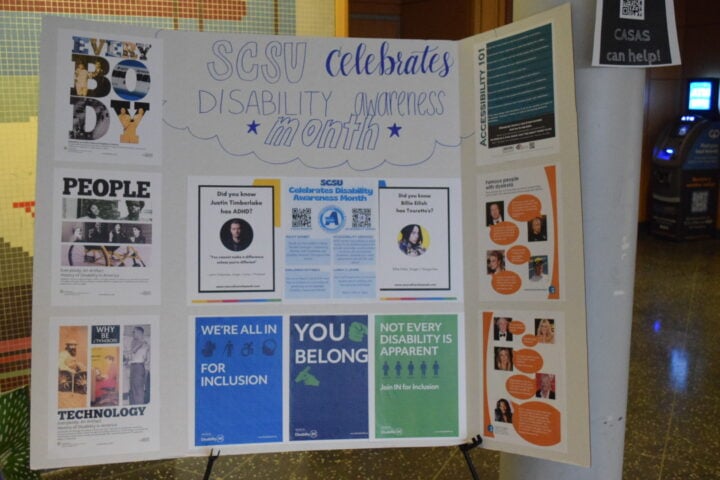
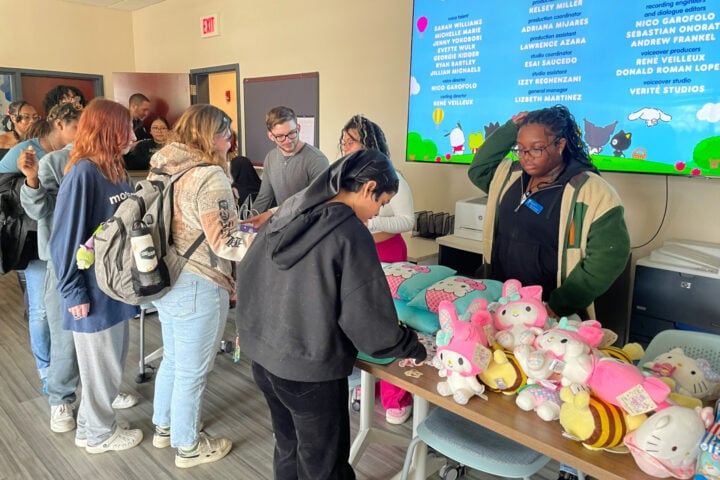
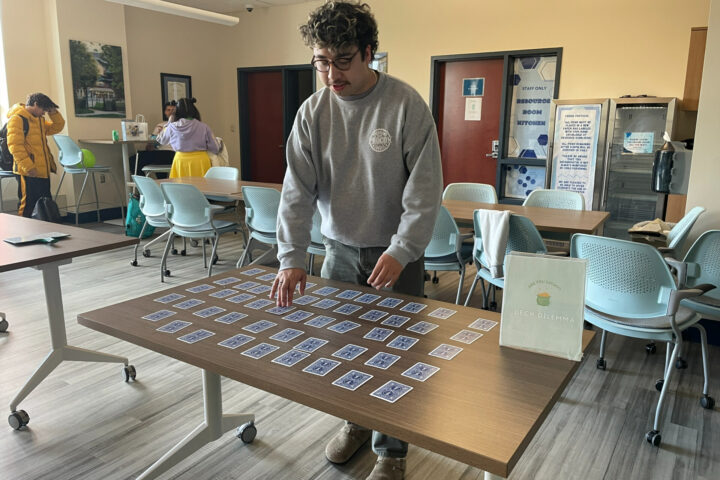
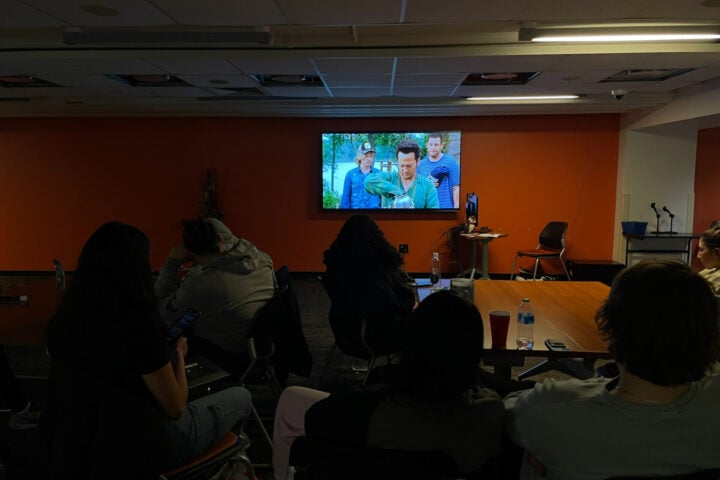
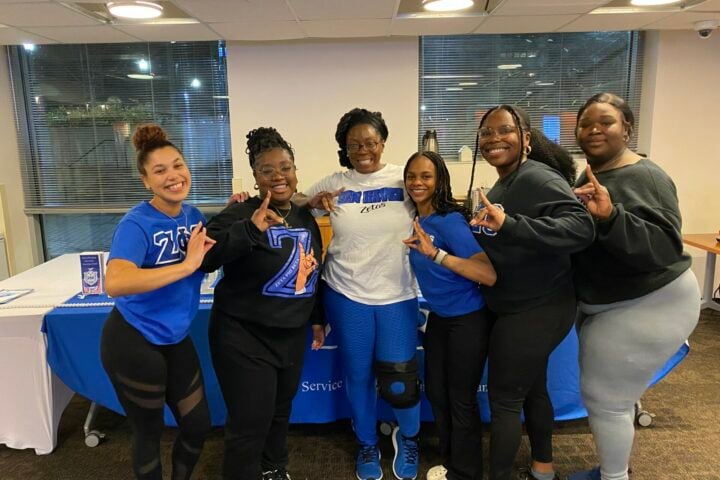
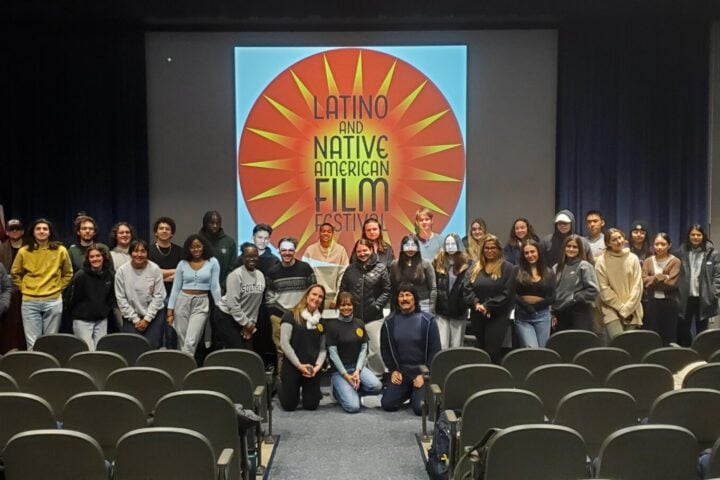


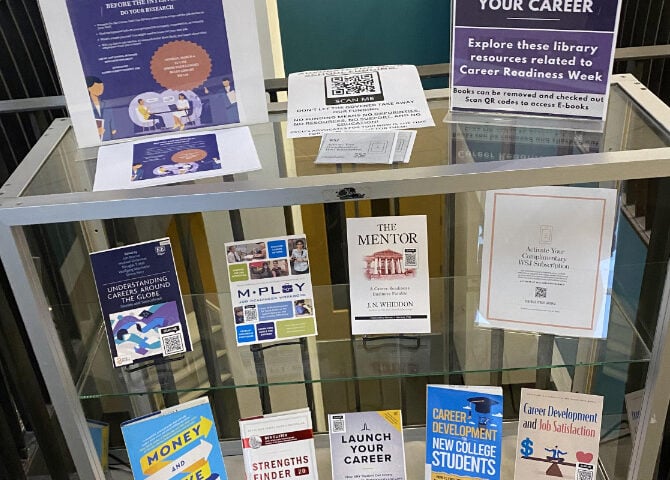
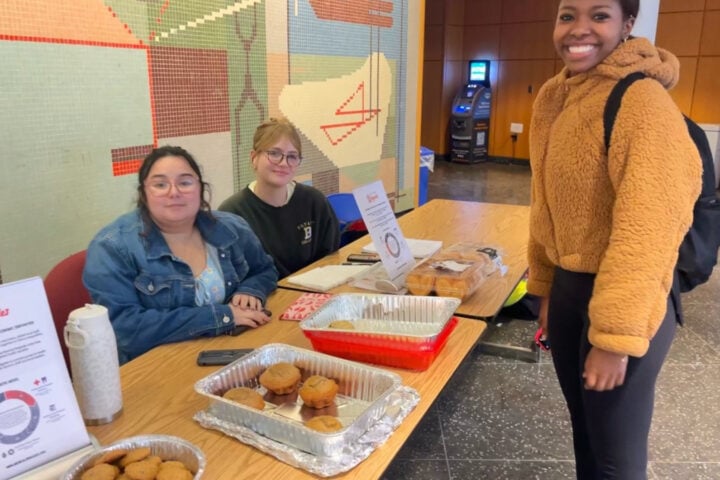




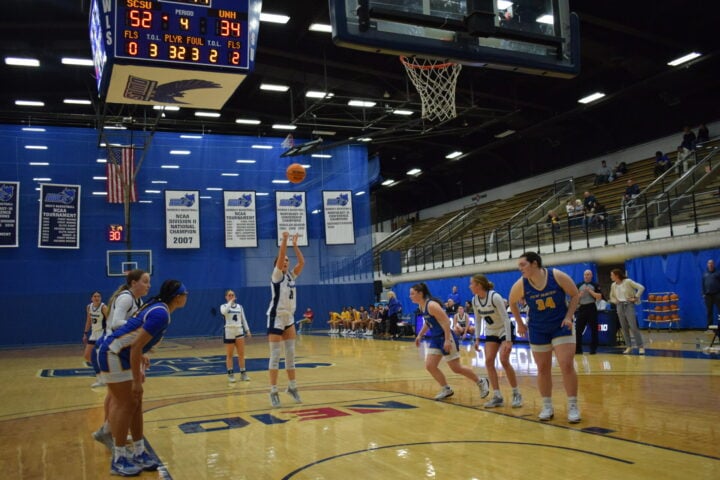

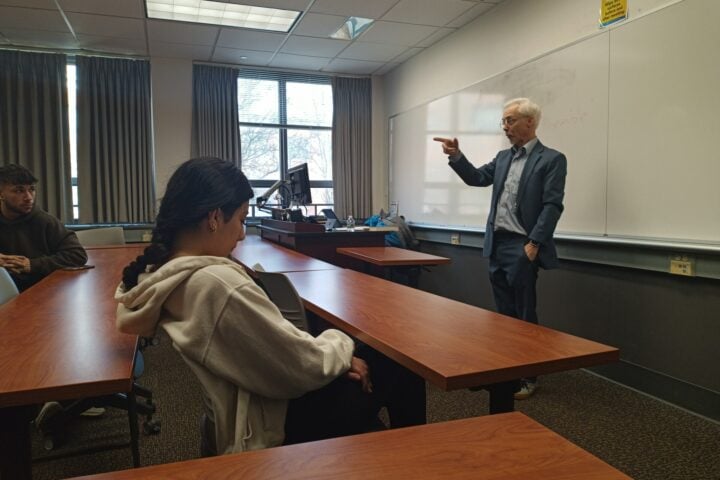
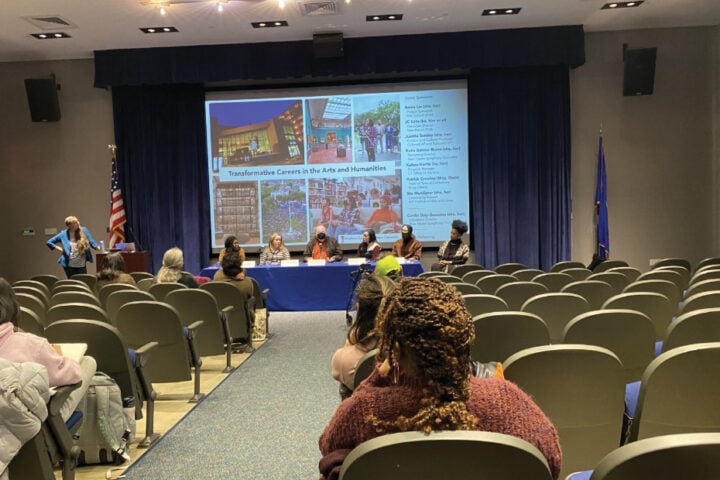

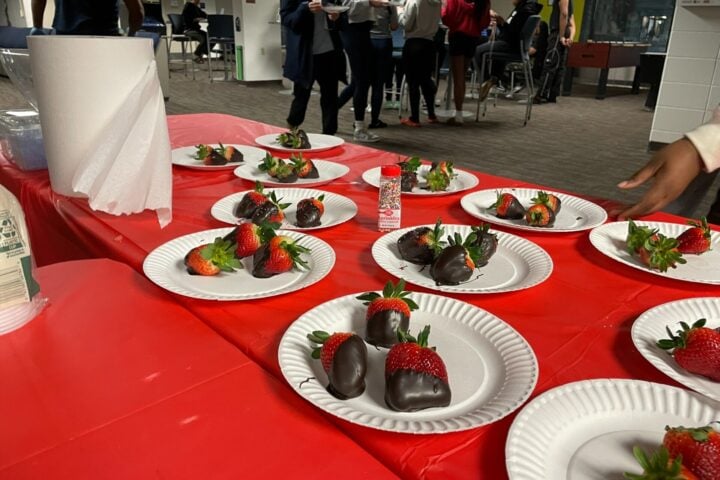
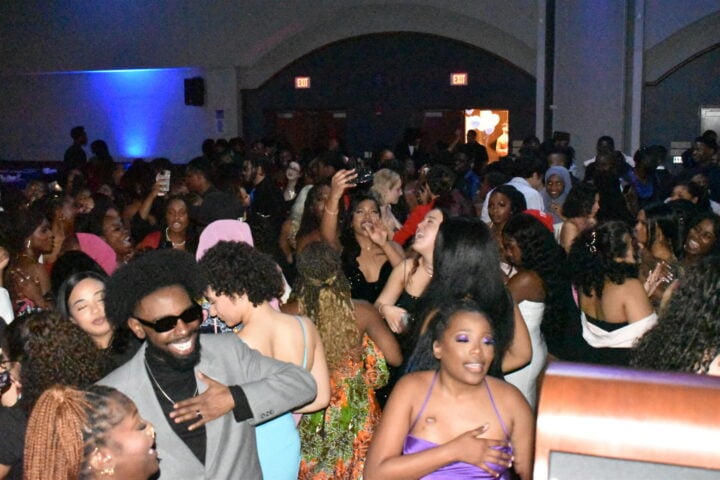


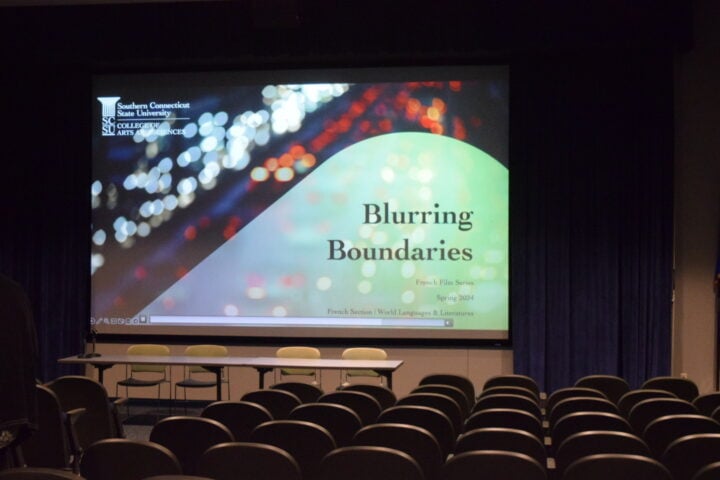


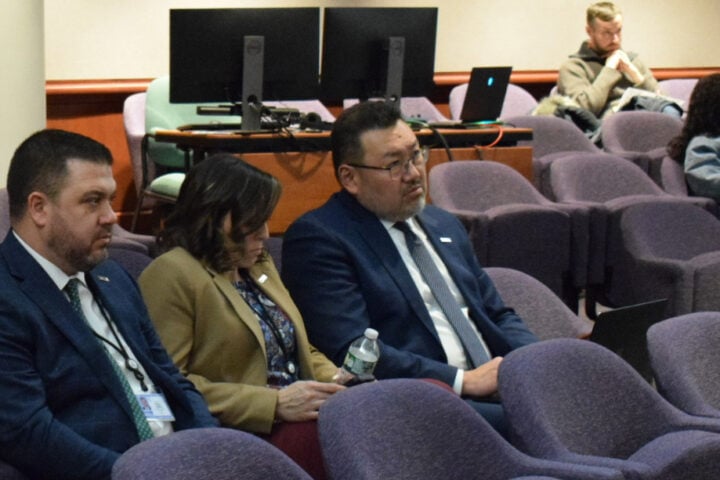


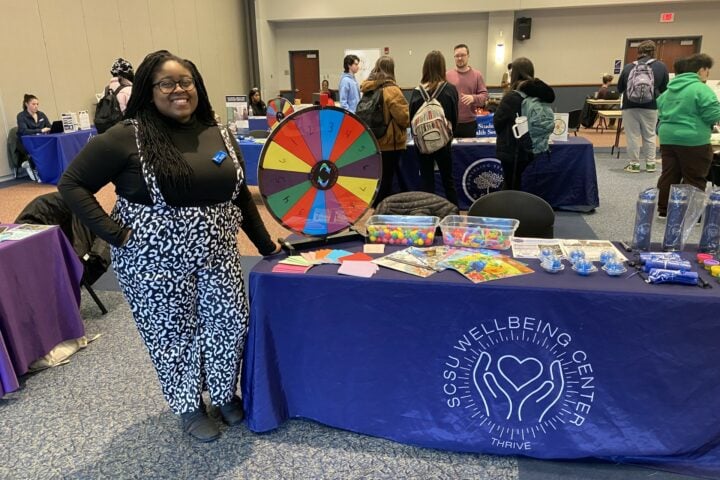
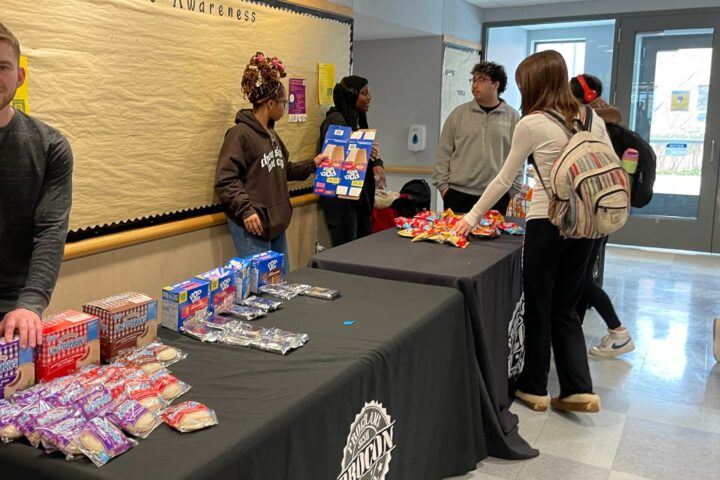
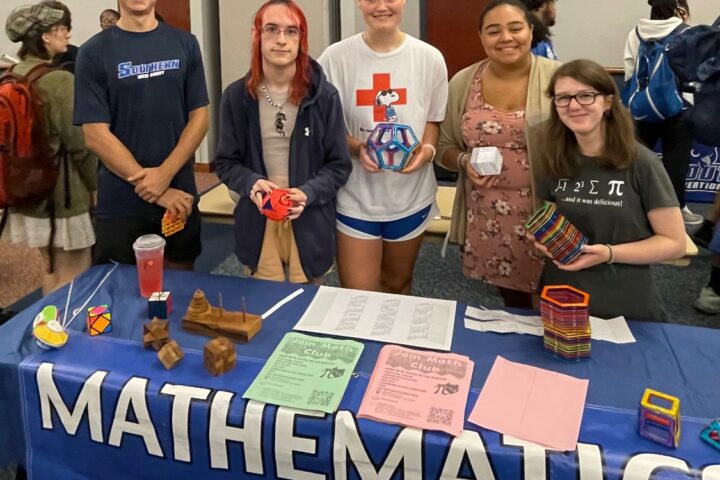
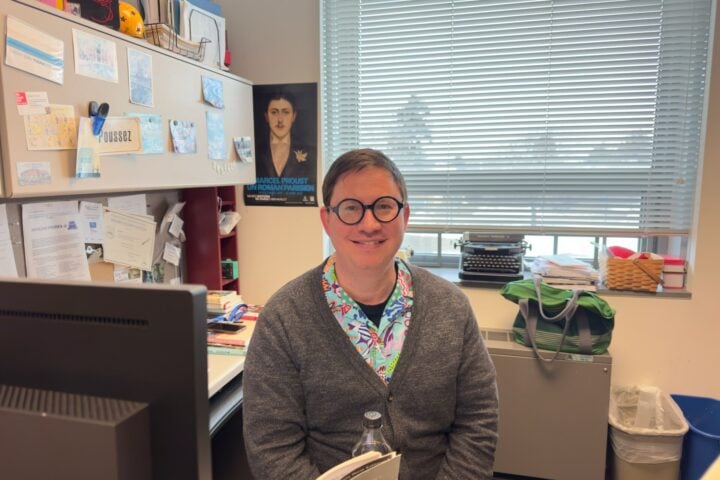


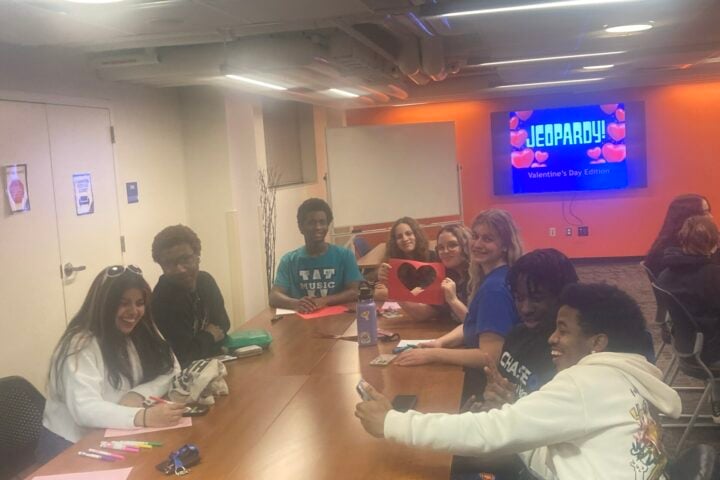

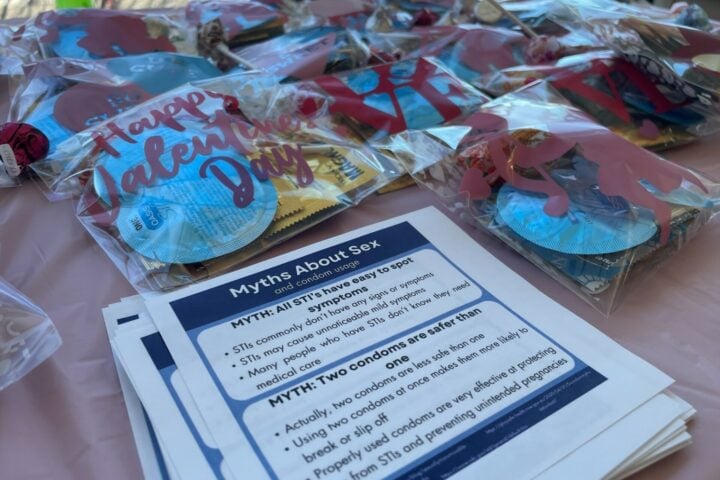



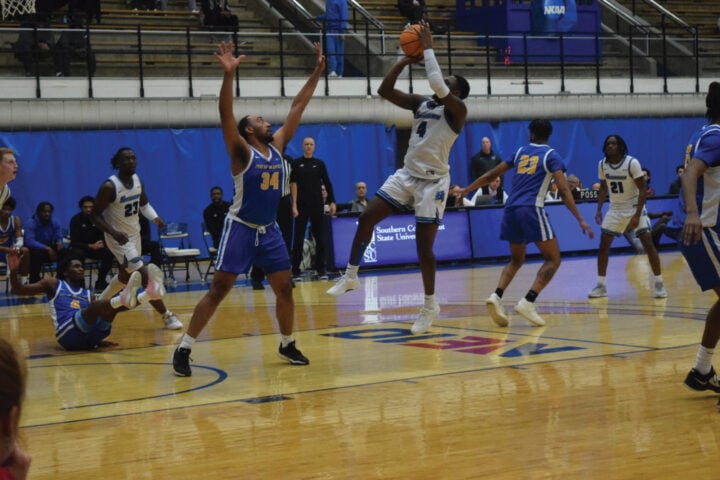


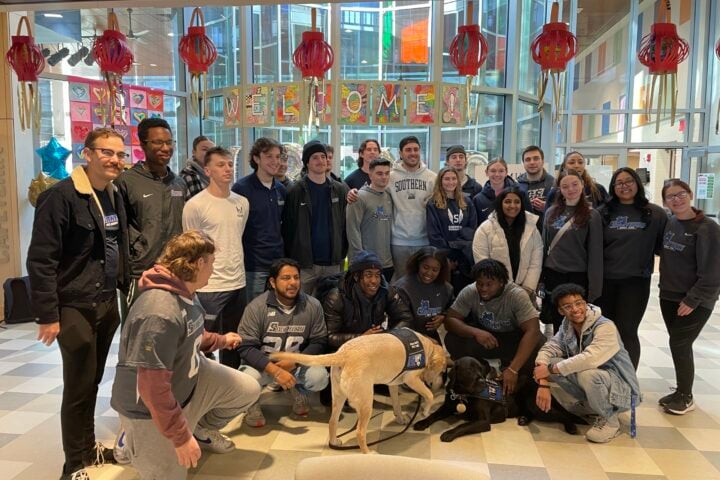
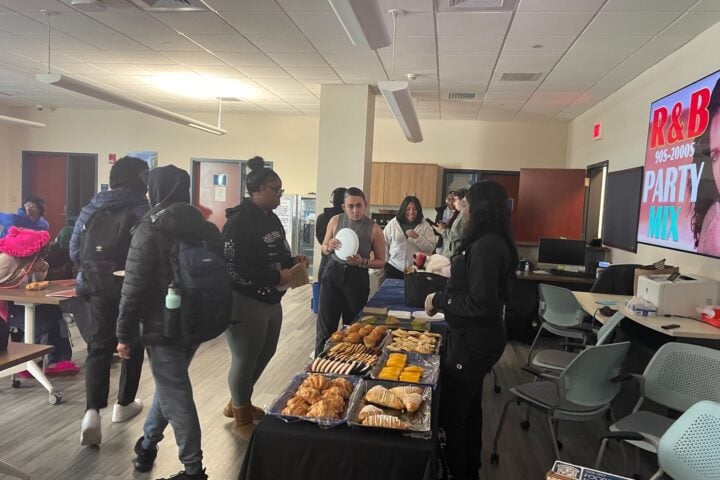

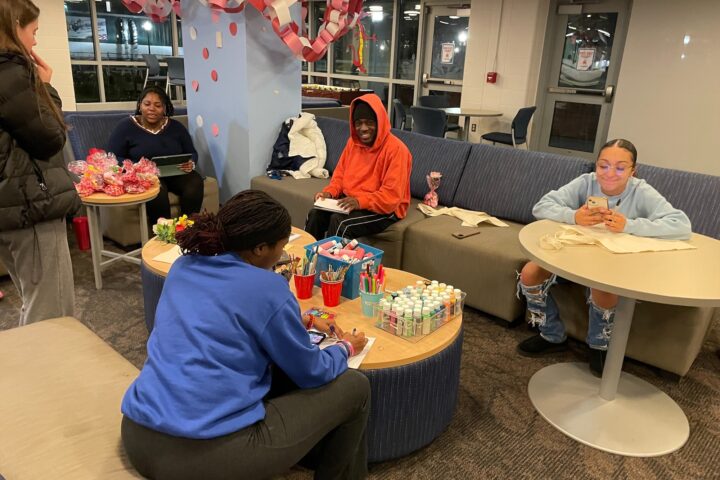
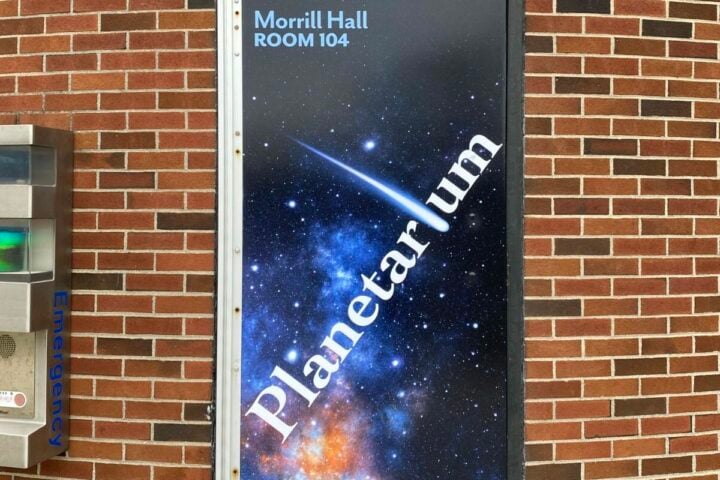

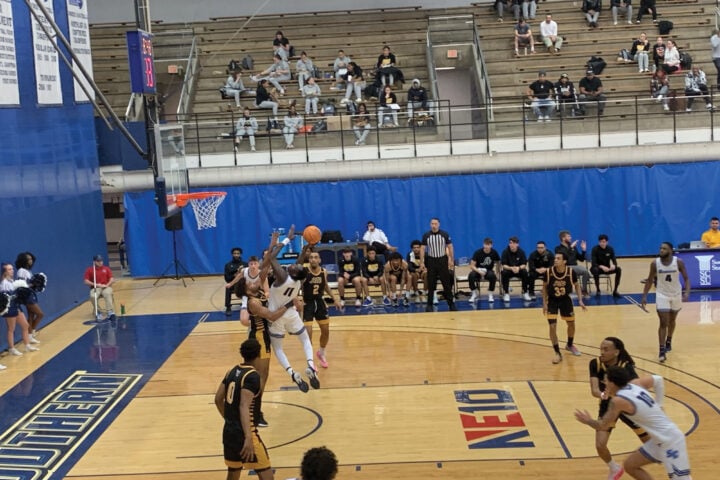
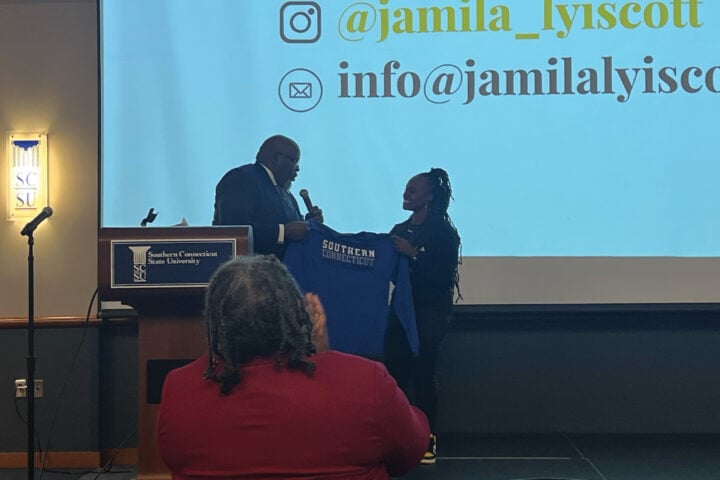
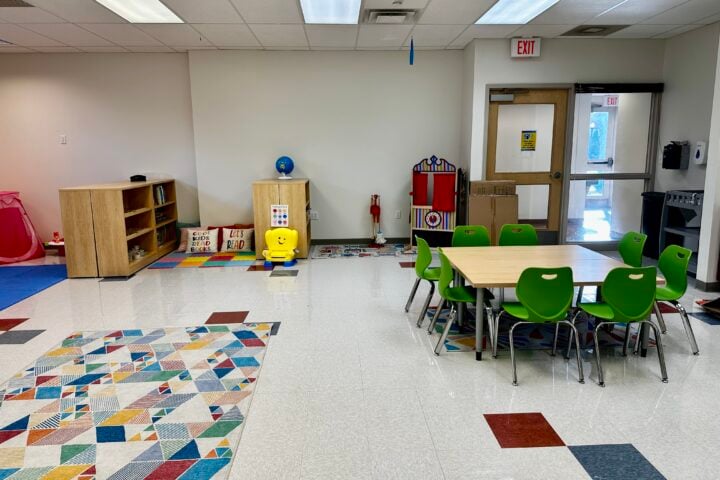



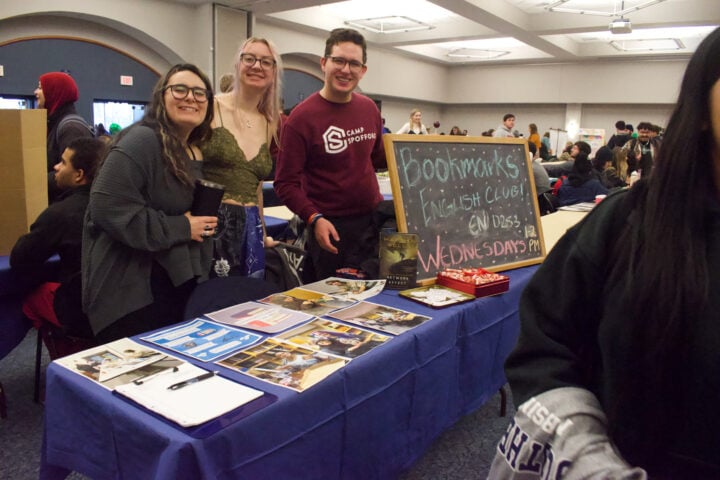
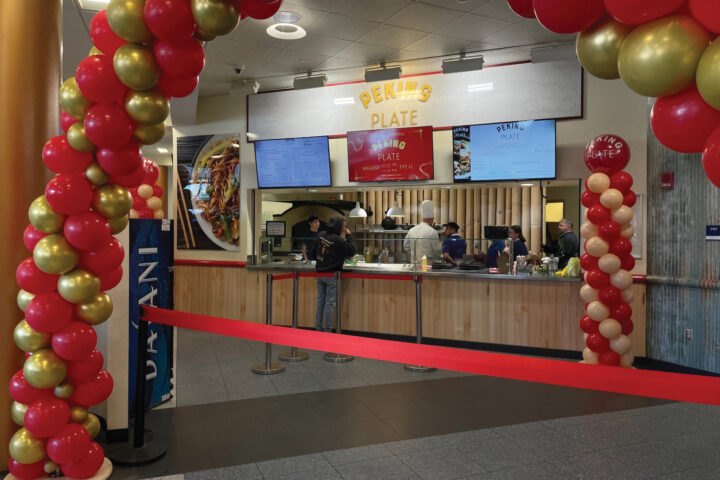

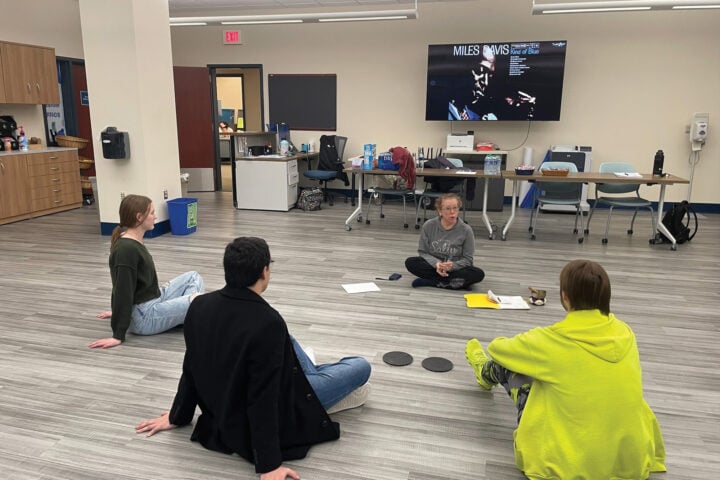
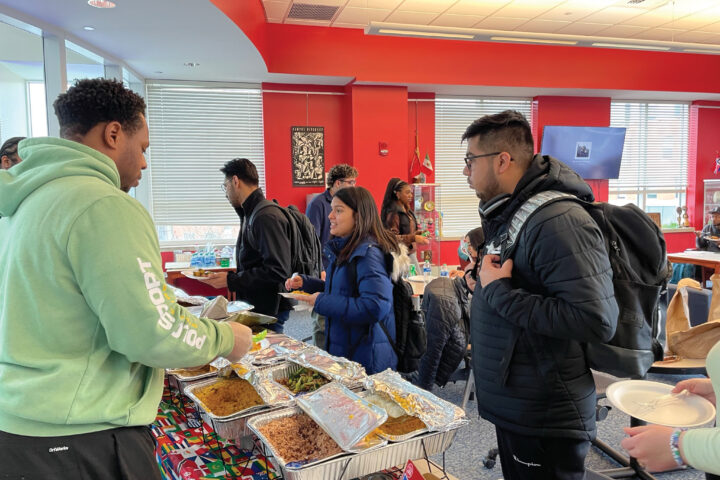
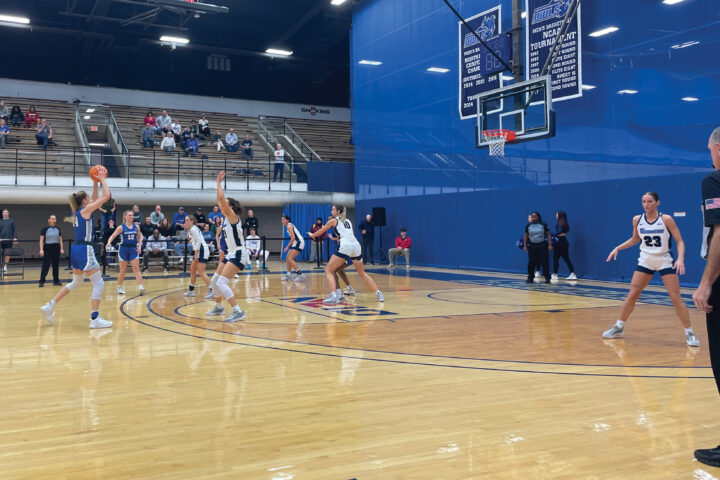
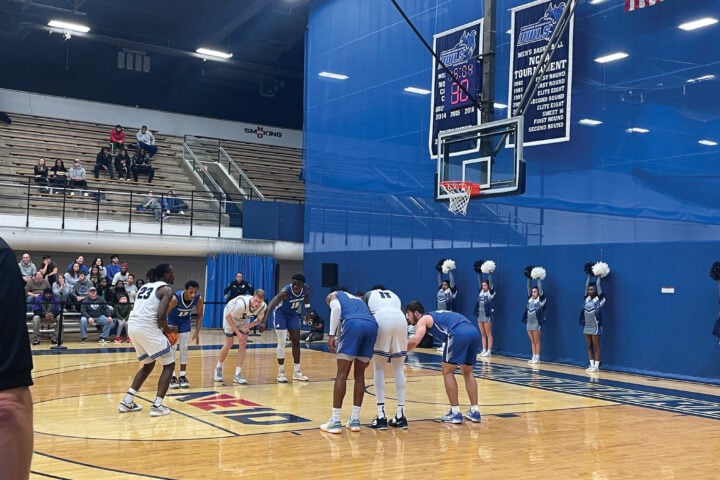


[…] Link: https://thesouthernnews.org/2016/09/15/millennials-stance-on-accessing-news/ […]